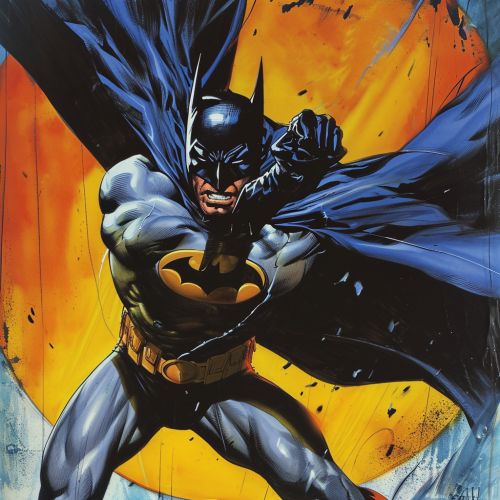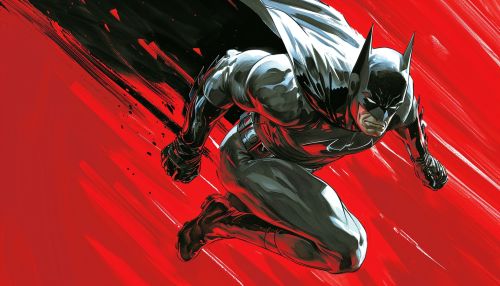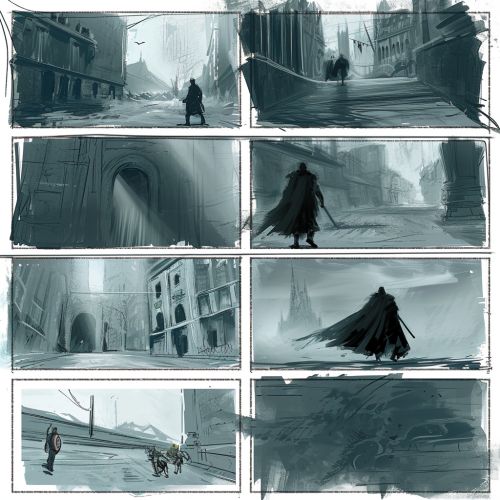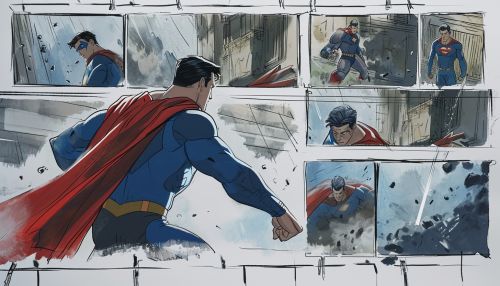Superhero
Origins of Superheroes
The concept of a superhero originated in American comic books during the 20th century. The term "superhero" itself dates back to at least 1917Etymology of Superhero. The first recognized superhero was Superman, who debuted in Action Comics #1 in 1938Superman. This character, created by writer Jerry Siegel and artist Joe Shuster, set the standard for what would become the modern superhero archetype.


Superheroes are typically characterized by their extraordinary abilities, heroic deeds, and moral integrity. They often possess superhuman powers or high-tech equipment that allow them to surpass ordinary human capabilities. Many superheroes maintain a secret identity to protect their personal lives from their enemies and to maintain their anonymity in their civilian livesSecret Identity.
Superhero Archetypes
Superheroes can be classified into several archetypes based on their powers, origins, and roles. These include the costumed vigilante, the superhuman, the alien, the mystical hero, and the science hero.
The costumed vigilante is a superhero who, despite having no superhuman powers, uses his skills, intelligence, and technology to fight crime. Examples include Batman and Green ArrowBatmanGreen Arrow.
Superhuman superheroes are those who possess abilities that are significantly beyond the capabilities of ordinary humans. These abilities can be either inherent, as in the case of Wonder Woman, or acquired, as in the case of Spider-ManWonder WomanSpider-Man.
Alien superheroes are characters who originate from another planet or dimension. Superman and Martian Manhunter are examples of this archetypeMartian Manhunter.
Mystical heroes derive their powers from magic or supernatural forces. Doctor Strange and Zatanna are examples of mystical superheroesDoctor StrangeZatanna.
Science heroes are characters whose powers are based on advanced technology or scientific knowledge. Examples include Iron Man and CyborgIron ManCyborg.
Superhero Narrative Structure
Superhero narratives typically follow a set structure, often referred to as the "hero's journey". This narrative structure, first identified by scholar Joseph Campbell, involves a hero who goes on an adventure, faces and overcomes a crisis, and then returns home transformedHero's Journey.
In the context of superhero narratives, this often involves the hero discovering their powers (the "call to adventure"), learning to control them and facing initial failures (the "road of trials"), confronting and overcoming a major adversary (the "ordeal"), and finally returning to their ordinary life, changed and more mature (the "return").


Impact on Popular Culture
Superheroes have had a significant impact on popular culture, influencing everything from fashion and advertising to social issues and philosophical debates. They have become a staple of modern mythology, embodying societal ideals, fears, and aspirations.
Superheroes have also played a significant role in the evolution of comic books and graphic novels as a legitimate form of literatureGraphic Novels. They have been the subject of numerous scholarly studies, examining their roles as cultural icons and their influence on societal norms and values.
